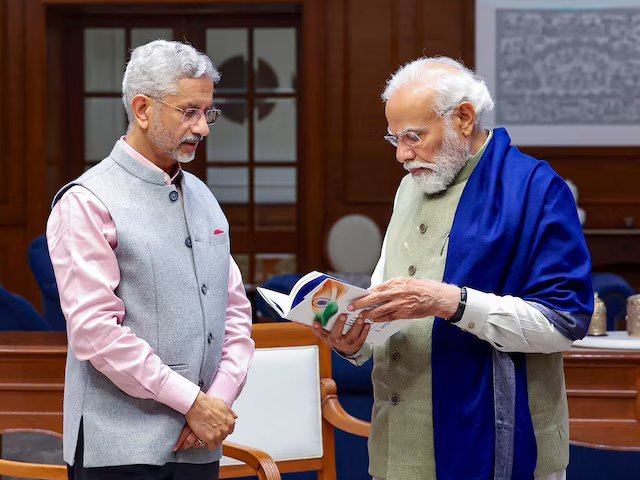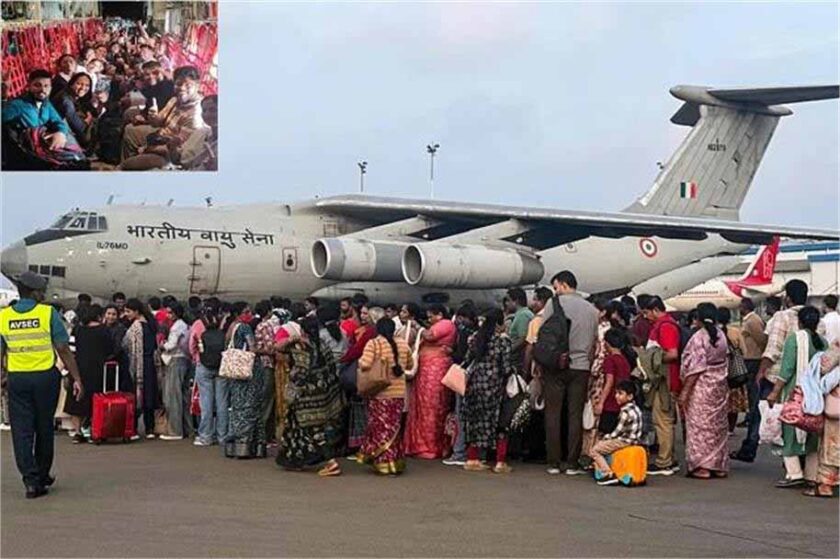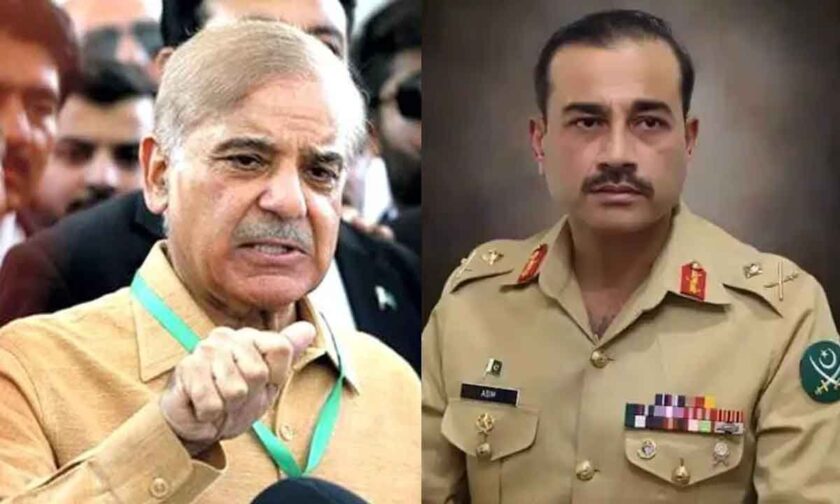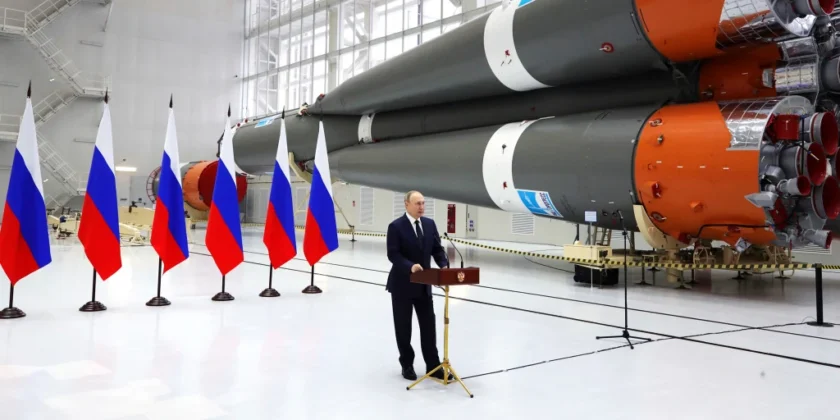New Delhi: India, with its rich history and strategic location, has always been a significant player in global affairs. However, its approach to diplomacy has evolved significantly, particularly over the last two decades. From the turn of the 21st century to the present, India’s global diplomacy has undergone substantial changes, marked by shifts in its economic policies, geopolitical strategies, and international alliances. We explore the trajectory of India’s diplomacy, highlighting key transformations and their implications for the global order.
Early 2000s: Economic Liberalization and Strategic Partnerships
The early 2000s were a period of economic liberalization and increased engagement with global markets for India. Following the economic reforms of the 1990s, India sought to integrate itself more deeply into the global economy. This period saw India adopting a more pragmatic approach to foreign policy, emphasizing economic growth and development.
Economic Diplomacy
Economic diplomacy became a cornerstone of India’s foreign policy. The country sought to attract foreign investment and enhance trade relations. This was evident in the signing of free trade agreements (FTAs) and comprehensive economic partnership agreements (CEPAs) with several countries. Notably, India’s engagement with the Association of Southeast Asian Nations (ASEAN) and the formation of the India-ASEAN Free Trade Agreement in 2009 marked a significant step towards economic integration with Southeast Asia.
Strategic Partnerships
India also focused on building strategic partnerships with major powers. The Indo-US nuclear deal signed in 2008 was a landmark agreement that not only facilitated civilian nuclear cooperation but also marked a significant shift in India-US relations. This deal was indicative of India’s growing importance on the global stage and its ability to negotiate agreements that balanced its strategic interests with those of major powers.
2010s: Assertive Diplomacy and Global Leadership
The 2010s witnessed India adopting a more assertive stance in its diplomatic endeavors. This period was characterized by India’s ambition to be recognized as a global leader and a responsible stakeholder in the international community.
Act East Policy
In 2014, the Modi government rebranded the Look East Policy as the Act East Policy, signaling a more proactive and strategic engagement with the Asia-Pacific region. This policy aimed to strengthen economic, strategic, and cultural ties with countries in the region. India’s participation in regional forums like the East Asia Summit (EAS) and its efforts to enhance connectivity and infrastructure projects through initiatives like the India-Myanmar-Thailand Trilateral Highway demonstrated this shift.
Strategic Autonomy
India’s concept of strategic autonomy became more pronounced during this decade. This principle emphasized maintaining independence in foreign policy decisions, avoiding entanglement in any single bloc or alliance. India’s approach to the Quad (Quadrilateral Security Dialogue) with the US, Japan, and Australia reflected this balance. While India engaged with these democracies to counterbalance China’s influence in the Indo-Pacific, it also maintained strong bilateral ties with Russia and sought cooperation with China in multilateral forums like BRICS and the Shanghai Cooperation Organization (SCO).
Late 2010s to Present: Balancing Act and New Realities
The late 2010s to the present have seen India navigating a complex international landscape marked by rising geopolitical tensions and the need for a balancing act in its diplomacy.
Indo-Pacific Strategy
The concept of the Indo-Pacific has become central to India’s foreign policy. Recognizing the strategic significance of the region, India has actively participated in various initiatives aimed at ensuring a free, open, and inclusive Indo-Pacific. This includes strengthening naval capabilities, engaging in maritime security dialogues, and enhancing partnerships with countries like Japan, Australia, and ASEAN members.
Multilateralism and Global Governance
India has consistently advocated for a more inclusive and representative global governance structure. This is evident in its persistent calls for United Nations Security Council (UNSC) reform to include India as a permanent member. India’s leadership in climate change negotiations, its active role in the International Solar Alliance, and its contributions to peacekeeping missions underscore its commitment to multilateralism and global governance.
Balancing China
The rise of China as a global power has posed both opportunities and challenges for India. While economic cooperation between the two countries has grown, border disputes and strategic competition have strained relations. The Doklam standoff in 2017 and the Galwan Valley clash in 2020 highlighted these tensions. In response, India has sought to diversify its strategic partnerships and reduce dependency on China, evident in its closer ties with the US, Europe, and other regional players.

Key Drivers of Change
Several factors have driven the changes in India’s global diplomacy over the past two decades:
Economic Aspirations
India’s aspiration to become a $5 trillion economy has significantly influenced its foreign policy. Economic considerations drive many of its diplomatic initiatives, from securing energy resources to enhancing trade partnerships and attracting foreign investment.
Geopolitical Realities
The shifting geopolitical landscape, marked by the rise of China, the US’s strategic pivot to Asia, and the resurgence of regional powers, has necessitated a recalibration of India’s foreign policy. India’s diplomacy reflects an adaptive strategy to these evolving dynamics, aiming to secure its strategic interests.
Technological Advancements
Advancements in technology and the digital economy have also shaped India’s diplomatic engagements. India’s emphasis on digital diplomacy, cybersecurity cooperation, and space diplomacy underscores its recognition of technology’s role in international relations.
Challenges and Future Directions
Despite its achievements, India’s diplomacy faces several challenges:
Regional Stability
Regional stability remains a key concern, particularly with Pakistan and the broader South Asian region. Terrorism, border disputes, and political instability in neighboring countries pose ongoing challenges to India’s diplomatic efforts.
Global Governance Reforms
While India has been a vocal advocate for reforms in global governance institutions, achieving these changes remains an uphill battle. The resistance from existing powers to alter the status quo continues to be a significant hurdle.
Balancing Act
Maintaining a balance between strategic autonomy and engaging in alliances poses a continuous challenge. As global power dynamics evolve, India will need to navigate its relationships with major powers carefully, avoiding over-dependence on any single entity.
India’s global diplomacy has evolved remarkably from the early 2000s to the present, characterized by a transition from economic liberalization to a more assertive and strategic international presence. As India continues to rise as a global power, its diplomatic strategies will need to adapt to the changing geopolitical realities and emerging global challenges. Balancing economic aspirations, strategic interests, and the principles of multilateralism will be crucial for India to cement its role as a key player in the international arena.





